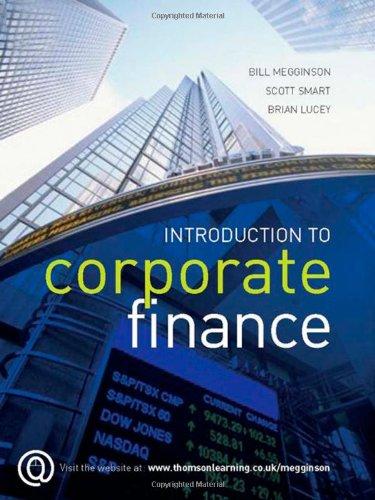In 1969, Tom Warren founded East Coast Yachts. The company's operations are located near Hilton Island, South Carolina, and the company is structured as a sole proprietorship. The company has manufactured custom midsize, high-performance yachts for clients and its products have received high reviews for safety and reliability. The company's yachts are primarily purchased by wealthy individuals to pleasure use. Occasionally a yacht is manufactured for purchase by a company for business purposes. The custom yacht industry is fragmented, with a number of manufacturers. As with any industry, there are market leaders, but the diverse nature of the industry ensures that no manufacturer dominates the market. The competition in the market, as well as the product cost, ensures that attention to detail is a necessity. For instance, East Coast yacht spent 80 to 100 hours on hand-buffing the stainless steel stem-iron, which is a metal cap on the yacht's bow that conceivably could collide with a dock or another boat. Several years ago, Tom retired from the day-to-day operations of the company and turned the operations of the company over to his daughter Larissa. Because of the dramatic growth of East Coast Yachts, Larissa decided that the company should be reorganized as a corporation. Time has passed, and today the company is publicly traded under the ticker symbol "ECY". Dan Irvin was recently hired by East Coast Yachts to assist company with its shortterm financial planning, and also to evaluate company's financial performance. Dan graduated from college five years ago with a finance degree, and he has been employed in the treasury department of a Fortune 500 company since then. Larissa decided to expand the company's operations, and she asked Dan to enlist an underwriter to help sell \$45 million in new 30-year bonds to finance new construction. Dan has entered into discussions with Renata Harper, an underwriter from the firm of Crowe \& Mallard, about which bond features East Coast Yachts should consider, and also what coupon rate the issue would likely have. 1 Although Dan is aware of bond features, he is uncertain as to the cost them, so he isn't clear on how each feature would affect the coupon rate of the bond issue. Larissa has also been talking with the company's directors about the future of East Coast Yachts. To this point, the company has used outside suppliers for various key components of the company's yachts, including engines. Larissa has decided that East Coast Yachts should consider the purchase of an engine manufacturer to allow East Coast Yachts to better integrate its supply chain and get more control over engine features. After investigating several possible companies, Larissa feels that the purchase of Ragan Engines, Inc. is a possibility. She has asked Dan Irvin to analyze Ragan's value. Ragan Engines, Inc. was founded 9 years ago by a brother and sister-Carrington and Genevieve Ragan - and has remained a privately owned company. The company manufacturers marine engines for a variety of applications. Ragan has experienced rapid growth because of a proprietary technology that increases the fuel efficiency of its engines with very little sacrifice in performance. The company is equally owned by Carrington and Genevieve. The original agreement between the siblings gave each 125,000 shares of stock. Larissa has asked Dan to determine a value per share of Ragan stock. To accomplish this, Dan has gathered the following information about some of Ragan's competitors that are publicly traded: * Nautilus Marine Engine's negative EPS was the result of a non-recurring accounting writeoff last year. Without the write-off, EPS for the company would have been $1.93. 5. Dan has examined the company's financial statements and those of its competitors. Although Ragan Engines currently has a technological advantage, Dan's research indicates that Ragan's competitors are investigating other methods to improve efficiency. Given this, Dan believes that Ragan's technological advantage will last only for the next 5 years. After that period, the company's growth will likely slow to the industry average. Additionally, Dan believes that the required return of 13% is too low. He believes that the industry average required return is more appropriate. Under Dan's assumptions, what is the estimated stock price









